| Grade | Description | Applications |
|---|---|---|
| 304 | General Purpose | Air sensor bags Automotive wiper arms Baggage handling equipment Baking equipment Bar and fountain equipment Beer barrels Bottling machinery Burial caskets Chemical processing equipment Chimney liners Clothes washer/dryer interiors Coffee makers Column covers Cookware Counter tops Cryogenic vessels and components Dairy handling equipment Dishwasher drums Elevator interiors Entry Doors Escalators Evaporators Fire doors Fireplace fronts Flatware Food processing equipment Gutters and downspouts Hardware, hinges Hose clamps Hospital carts HVAC components Jewelry Kitchen cabinets Kitchen exhaust hoods Meat processing equipment Metal roofing Microwave oven interiors Milking machines Nuclear storage containment Nuclear vessels Oven parts Rapid transit cars Refrigerator panels Retractor springs Roofing tiles Seat belt anchors Signs Sinks Splash shield Spring clips Stove tops Street furniture Tanker trailer bodies and chassis Truck exhaust systems Truck gas tanks Truck mirrors Truck trailer cargo doors and front corner trim Window frames Window louvers (sun screens) Wine tanks |
| 305 | Ni increased to lower work hardening | Coffee urn tops Deep drawn parts Expanded metal parts Formed parts (requiring extra low work hardening characteristics) Free spinning operations Mixing bowls Reflectors |
| 309S | Cr & Ni increased for high temperature | Annealing boxes, Chemical processing equipment (elevated temperature), Conveyor parts, Dryers, Electric range elements, Furnace parts |
| 310S | Same as 309, only more so | Annealing boxes, Furnace belts, Chemical processing equipment (elevated temperature), Conveyor parts Dryers, Furnace parts |
| 316 | Mo added to increase corrosion resistance | Bus/Traffic shelters Chemical processing equipment Chemical transportation tanks Entry doors Fertilizer handling equipment Fire doors Food processing equipment Hot water tanks Metal roofing Oil refining equipment Pharmaceutical processing equipment Photographic equipment Sea water components Soap handling equipment Storage tanks Street (urban) furniture Swimming pool equipment Ticket dispensers Water treatment equipment Window frames Wine storage tanks |
| 317 | More Mo & Cr added for better corrosion performance | Chemical processing equipment, Ink manufacturing equipment, Pharmaceutical processing equipment, Fertilizer handling equipment |
| 321 | Ti added to prevent carbicle precipitation | Aircraft exhaust manifold and flanges, Chemical equipment, Fire walls, Pressure tanks |
| 347 | Cb added to prevent carbicle precipitation | Aircraft exhaust manifold and flanges, Expansion joints, Furnace stacks and dampers, Welded storage tanks for organic chemicals |
| 330 | Si increased for highest heat resistance | Annealing boxes, Combustion chambers, Burners and exhaust parts |
| 409 | Lower Cr Primarily used for automotive exhaust | Automotive exhaust systems Bus frames Cargo containers Fins for heater tubes Perforated sheet for silencer housings Smoke control ductwork Transformer and capacitor cases |
| 410/410S | General Purpose | Bushings, Trays for oil fractionating towers, Hardware, Cutlery, Press plates |
| 420 | Increased C to improve mechanical properties | Cutlery/Scissors, Dental equipment, Surgical equipment |
| 430 | P & S added for improved machining | Architectural applications (interior), Automotive trim, Cooking utensils, Food processing equipment |
| 434 | Mo added for improved corrosion resistance in auto trim | Automotive trim |
| Grade | Description | Applications |
